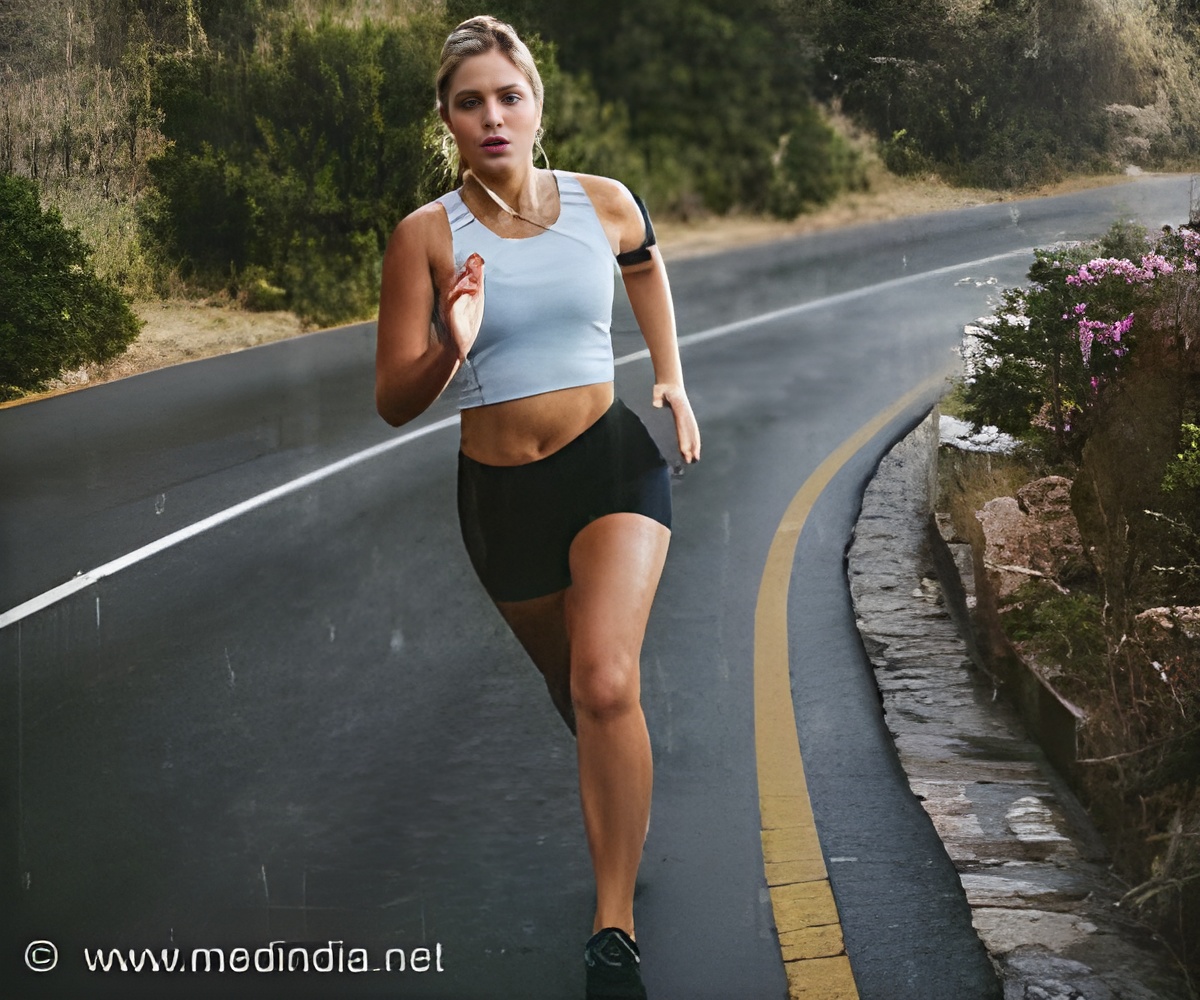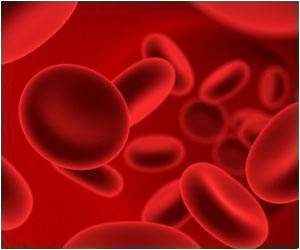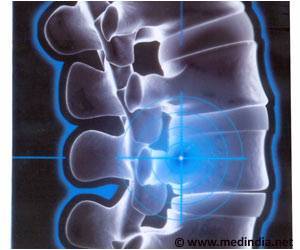Young athletes develop bone marrow edema (BME) in their sacroiliac joints. BME damage is most frequently seen in the posterior lower ilium or the lowest part of the spine.

‘Understanding the development of Bone marrow edema (BME) can improve evaluation and management of Spondyloarthritis (SpA) patients.’





Researchers in Denmark conducted a study of runners and ice hockey players to determine the frequency of bone marrow edema (BME) and its distribution across eight regions of the sacroiliac joints. A better understanding of how BME develops in healthy, active individuals may improve evaluation of magnetic resonance imaging (MRI) of the same joints in individuals with early axial spondyloarthritis, a disease where BME and structural lesions in the sacroiliac joints are common.
Axial spondyloarthropathy (axSpa) is an inflammatory disease with low back pain as its main symptom. Spondyloarthritis (SpA) can also affect the arm and leg joints, and organs like the skin, eyes or intestines. Inflammation often affects the entheses, or the sites where ligaments and tendons attach to bones. People in their teens and 20s, especially young men, are most commonly affected.
"There is an ongoing debate about what constitutes a 'positive sacroiliac joint MRI' in patients with axial SpA," said Ulrich Weber, MD, a researcher at King Christian 10th Hospital for Rheumatic Diseases in Graasten, Denmark, and a lead author of the study. The most common definition is bone marrow edema on fluid-sensitive MRI sequences.
"However, we lack a data-driven threshold or 'reference range,' which reliably discriminates patients with SpA from the BME 'background noise' in healthy individuals, or from BME seen in patients with mechanical back pain."
Advertisement
The researchers examined data on 20 healthy recreational runners and 22 professional ice hockey players from the Danish Premier League. Forty percent of the runners and all of the ice hockey players were men. The mean age of the runners was 27.2, and the mean age of the hockey players was 25.9. The mean BMI of the runners was 22.6, and the mean BMI of the hockey players was 25.7.
Advertisement
Seven MRI scans of two paired images of spondyloarthritis patients under anti-TNF treatment were given to the readers as well. A pre-test reader calibration used MRI scans from 11 patients with active sacroiliitis and nine healthy volunteers. The analysis included the mean frequency of sacroiliac joint quadrants with BME and their distribution in eight regions: upper and lower ilium and sacrum, each subdivided into anterior and posterior.
The mean number of sacroiliac joint quadrants showing BME in the healthy runners was 3.1 before and after running, and 3.6 in the hockey players. The posterior lower ilium was the most affected region in all of these athletes, followed by the anterior upper sacrum. In both the recreational and professional athletes, BME was found in three to four sacroiliac joint quadrants on average.
"MRI has gained major interest as a method to complement the limited utility of clinical examination for sacroiliitis, the presenting feature in most patients with early axial SpA," said Dr. Weber.
"A 'reference range' of sacroiliac joint BME defining frequency and anatomical clustering in physically active healthy individuals helps establish data-driven thresholds to discriminate from the lesion spectrum seen on sacroiliac joint MRI in patients with early axial SpA. The presence of solely low-grade BME, especially clustered in the posterior lower ilium or anterior upper sacrum, may not be sufficient to confirm axial SpA in these patients. This study's results may enhance management of SpA patients by allocating treatment resources more specifically, especially if a rheumatologist is considering effective, but expensive, biological therapy."
Source-Eurekalert















